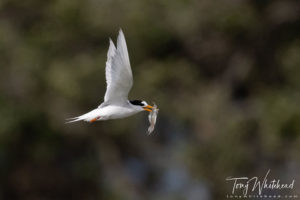For the next few weeks we are going to have a short break from the Antarctica travelogue and posts are going to be devoted to the South Island trip we did over Easter 2015. There is even an Antarctic link with this first post as Akaroa was home to Frank Worsley, the captain of Shackleton’s Endurance, whose uncanny navigation skills got them from Elephant Island to South Georgia on the James Caird. Our trip to Antarctica had celebrated the 100 year anniversary of that expedition so it was rather special see see his bust and feel some pride in the New Zealand association with that incredible expedition and rescue mission.

We hadn’t been south for a few years and were looking forward to spending a week in Tekapo with the hope of enjoying the dark sky reserve for a bit of stargazing along with the opportunity tracking down some rare birds in the fabulous MacKenzie country. We flew direct from Rotorua to Christchurch, picked up our hire car and headed for Akaroa as I had booked us a trip on Akaroa Harbour Nature Cruise with Black Cat Cruises. Akaroa harbour is in the caldera of a volcano that opens out into the sea and is a fabulous habitat for numerous birds, NZ fur seals, but especially Hector’s Dolphin, which was the main target of our trip.
Hector’s Dolphin (Cephalorhynchus hectori) are the smallest of the dolphins at 1.2-1.4m so are incredibly cute. There are 2 subspecies, Hector’s Dolphin (C.h. hectori) and Maui’s Dolphin (C.h.maui). Maui’s occurs off the North Island but is critically endangered with only around 55 individuals at latest estimate. They are endemic to New Zealand but unfortunately are under significant threat from fishing nets which they get tangled in and drown. The first marine protected area to ban commercial netting out to 4 nautical miles was designated in 1998 to protect the Banks Peninsula/Akaroa population. While not perfect it has ensured some protection and awareness around the issues and makes Akaroa a top spot to view theses rare cetaceans. Conditions weren’t ideal with a brisk wind breaking up the water surface and making sightings difficult but we managed to see a number of pods and get a few record photos. For more information on Hector’s Dolphins see this Department of Conservation page.
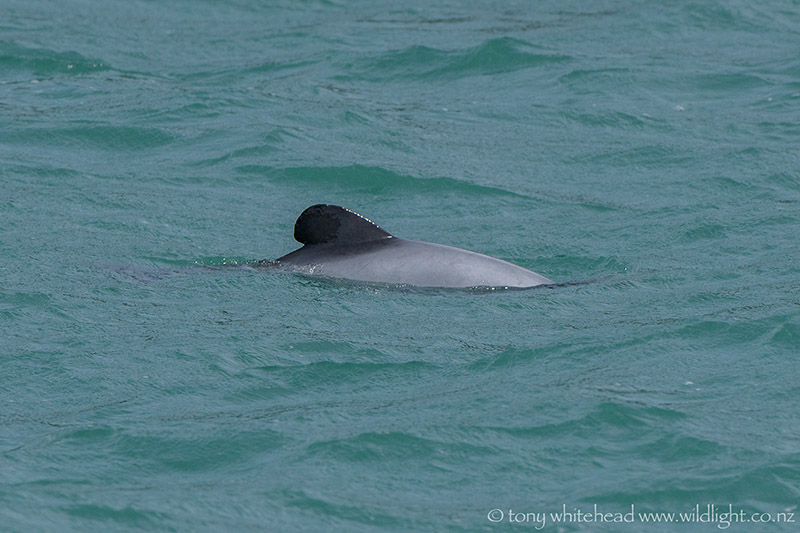

The other target I had in mind were Spotted Shags as they are relatively rare in the North Island. There were plenty flying in the harbour but boat speed and wind made tracking them in flight a challenge and we never approached a colony close enough to get anything good. I was pleased to get a shot with both a Pied Shag and Spotted Shag as the Pied are common up North and it is nice to have a comparative shot of the two together.

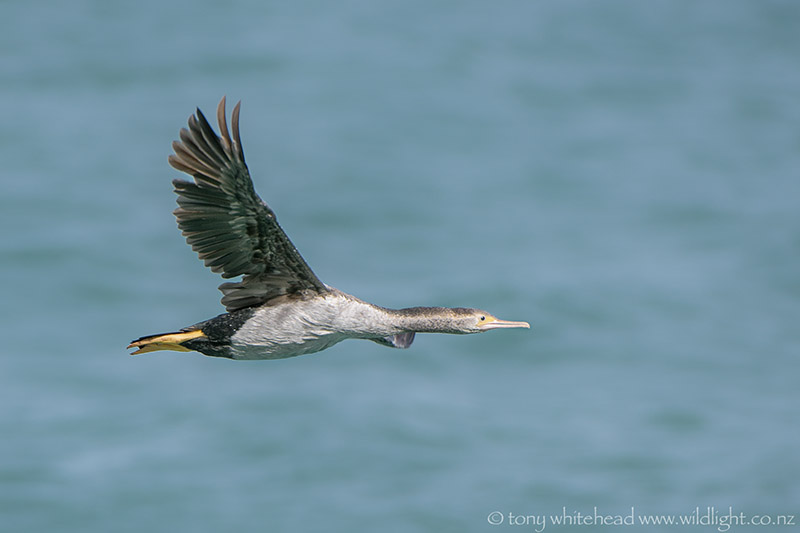
Once we had left the enclosed part of the harbour there were a lot of pelagic birds with a number of Giant Petrel and Albatross sightings along with many smaller petrels and shearwaters. With a trip more focussed on photography rather than just sightings some great images could be had.
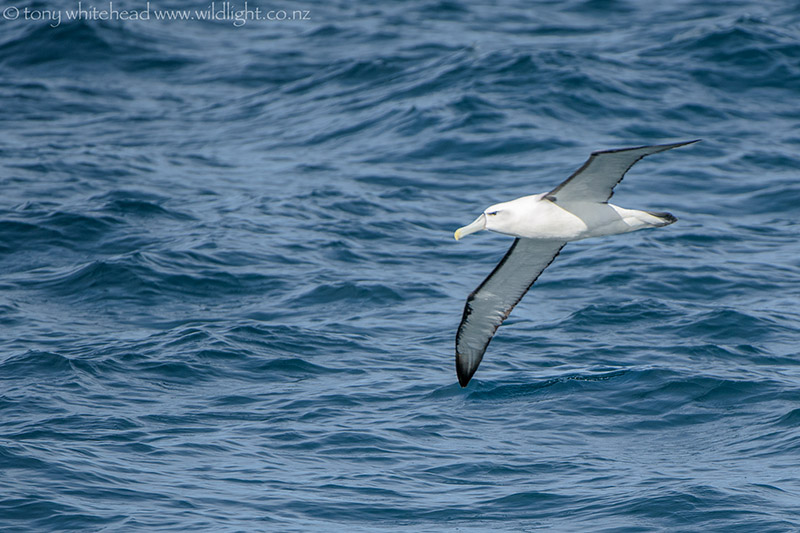
Marine mammals weren’t limited to cetaceans with a good colony of New Zealand Fur Seals including a creche of pups playing in a rock pool.
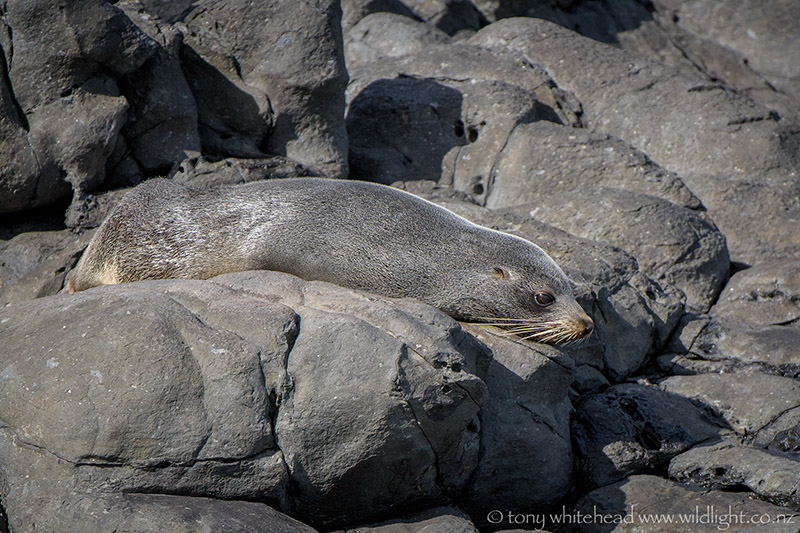
The other aspect of the trip that was fascinating was the geology of the area with dramatic volcanic features visible. I can imagine a geologist being quite enthralled but found myself excited in exploring the textures, shapes and colours of volcanic rock features.
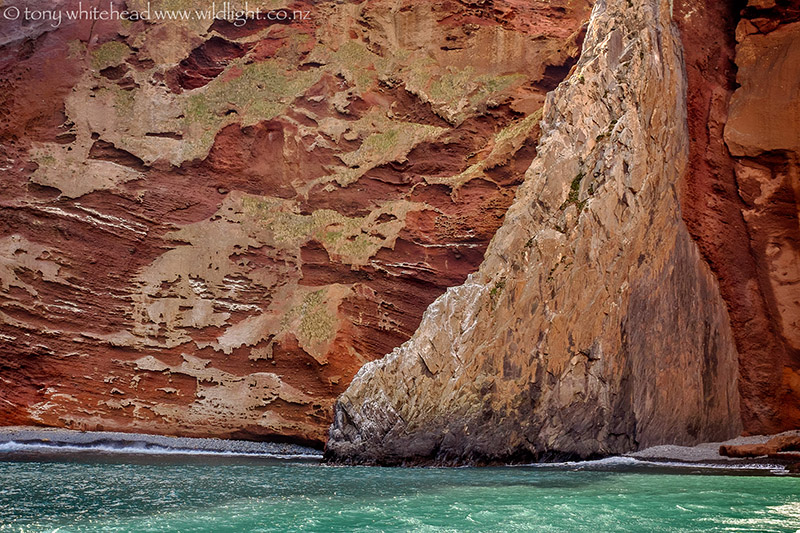

The variety of subjects and dramatic landscapes reminded me of our trip on the Beagle Channel from Ushuaia and if we hadn’t just flown from home and been familiar with the place it would probably have felt just as incredible.
All photos with Nikon D810 and 200-400mm f4 lens apart from the geology photos which were with the Fuji X100s which remains my all time favourite fun camera with it’s incredible lens and sensor in a compact rangefinder package.

